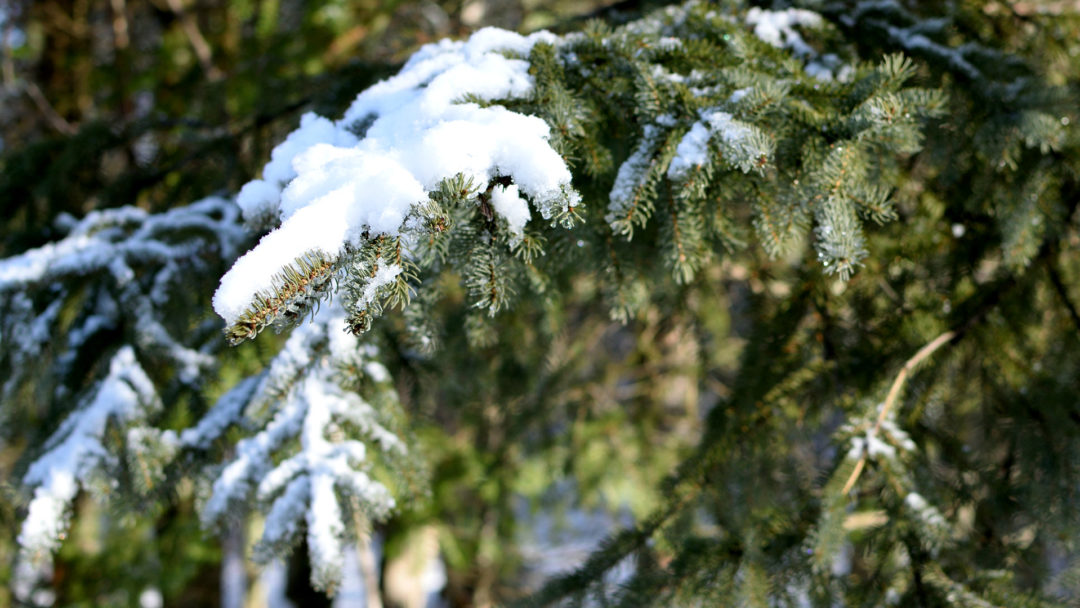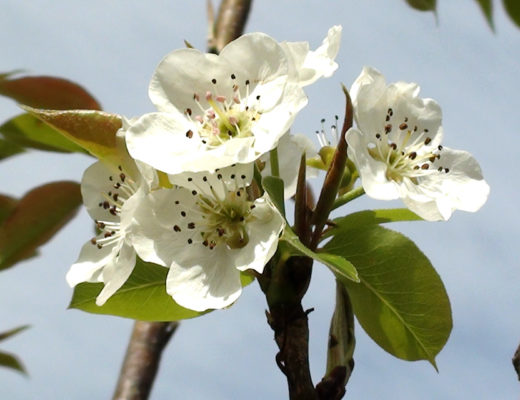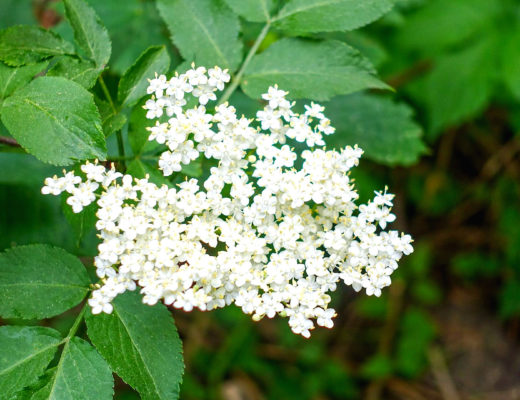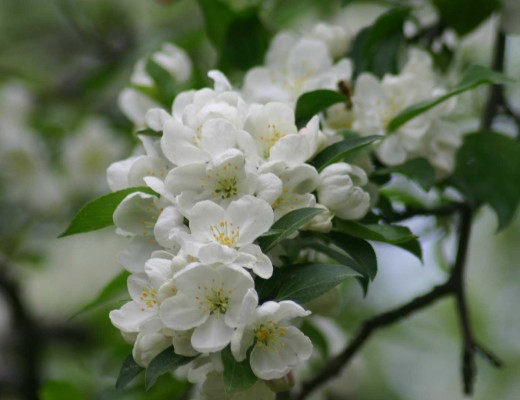Picea glauca
When Jacques Cartier sailed up the broad St. Lawrence River in 1535, he became the first colonist to see North America’s white spruces. As he laid claim to the land, he proclaimed the trees to be “as beautiful as one could wish for.” According to Cartier, the white spruces were “the finest trees in the world.”
Four hundred years later, naturalist Donald Peattie echoed Cartier’s remarks, stating of the conifers lining the river banks, the white spruce was the “beauty of its family.” This tree has often been heralded as a beautiful tree in North Country. It’s popular along river banks and the northern boreal forests. It’s a tough tree that does well in urban settings and is resilient in cold climates.
Among its appealing traits, the white spruce is popular in the Christmas tree industry. It’s pyramidal form, dense crown, stiff needles and needle retention make it among the 16 most popular Christmas tree species in the country. Although it’s common in the Christmas tree industry, it plays an important role in the forest. After the devastation of forest fires, infestations or strong winds, white spruce are often the first trees to restore the land and anchor the soil. When their seeds are present in the forest before the devastation, white spruce regrow as the dominate, hardier species in the forest opposed to earlier tree species that were present but more invasive and less hardy.
White spruce has the distinction of its scientific species name meaning the same thing as its common name. The genus name, Picea is the Latin word that was applied to all pines and pine-like trees. It likely originated from the Greek word pissa, meaning ‘pitch.’ As time passed taxonomists started to use Picea with spruce trees. Glauca comes from glaukos in Greek, which translates to ‘bright, milky, grayish or sparkling.’ Hence, its common name, white spruce.
Other names the tree goes by include cat spruce, skunk spruce —because when the needles are crushed they give off a mild, skunk-like odor—, single spruce, western white spruce, pasture spruce, Canadian spruce and Adirondack spruce.
Read 5 Windbreak Trees that will Blow You Away.
White spruce are wonderful trees outside of the forest and in home landscapes. They grow up to two feet a year and reach 40-60 feet at maturity (hardiness zones 2-6). Their dense foliage make them great to plant as windbreaks or a living snow fence. As they mature, their form becomes more columnar. They love sun and need at least six hours of direct sunlight every day.





Thanks. White and black spruce are among the most important trees for structural lumber due to their straight trunks and tensile strength. Used extensively in housing construction as support beams, 2x4s, etc.